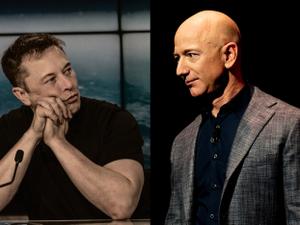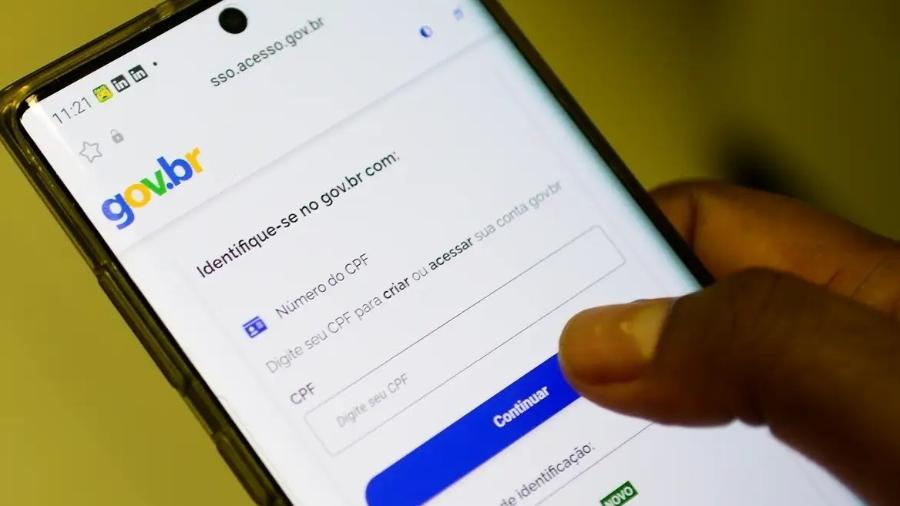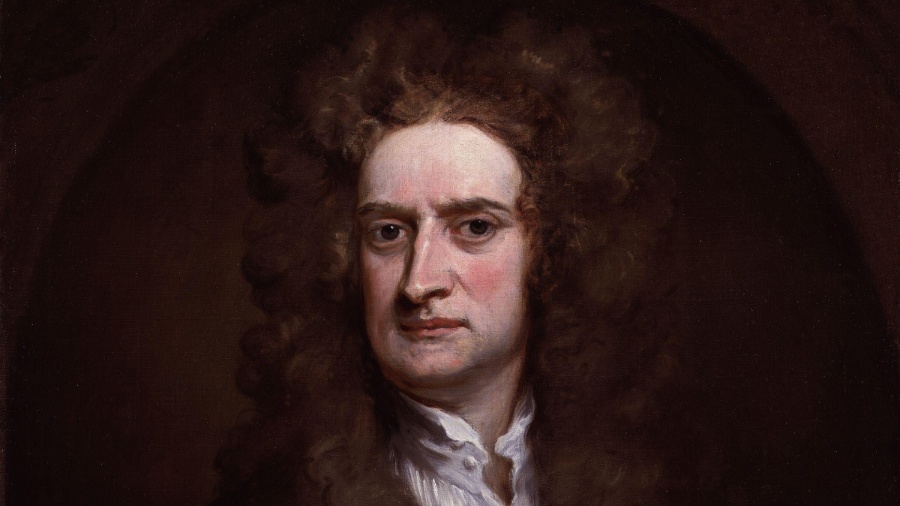Elon Musk promete lançar robô humanoide em 2022 para fazer tarefa 'entediante'

O presidente-executivo da Tesla, Elon Musk, disse na quinta-feira que a montadora de carros elétricos deve lançar em 2022 um protótipo de robô humanoide para fazer trabalhos perigosos ou repetitivos que pessoas não gostam de fazer.
Falando em evento do dia da Inteligência Artificial da Tesla, o empresário afirmou que o robô, que terá 1,72 metro de altura, será capaz de executar tarefas como prender parafusos a carros com uma chave inglesa ou fazer compras no supermercado.
O robô teria "profundas implicações à economia", disse Musk, referindo-se à escassez de mão de obra. Ele disse ser importante que a máquina não seja "super-cara".
Musk não comentou sobre aspectos de segurança da tecnologia da Tesla, mas disse estar confiante que conseguirá atingir a pilotagem toda autônoma com segurança maior que a dos humanos, usando computadores e câmeras embutidos nos carros.
Reguladores de segurança dos EUA abriram uma investigação esta semana sobre o sistema de pilotagem assistida da Tesla por causa de acidentes em que os carros da empresa bateram em carros polícia e caminhões de bombeiro.
A Tesla também revelou chips projetados para seu computador de alta-velocidade Dojo, para ajudar a desenvolver seu sistema de pilotagem autônoma, previsto para estar operacional em 2022.


















ID: {{comments.info.id}}
URL: {{comments.info.url}}
Ocorreu um erro ao carregar os comentários.
Por favor, tente novamente mais tarde.
{{comments.total}} Comentário
{{comments.total}} Comentários
Seja o primeiro a comentar
Essa discussão está encerrada
Não é possivel enviar novos comentários.
Essa área é exclusiva para você, , ler e comentar.
Só s do UOL podem comentar
Ainda não é ? Assine já.
Se você já é do UOL, faça seu .
O autor da mensagem, e não o UOL, é o responsável pelo comentário. Reserve um tempo para ler as Regras de Uso para comentários.